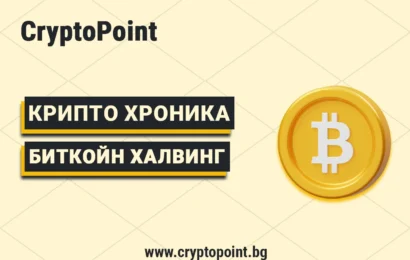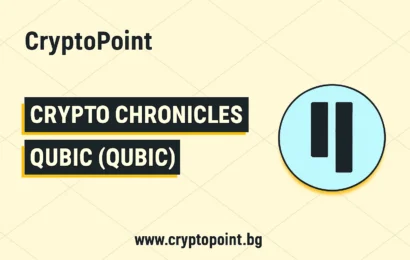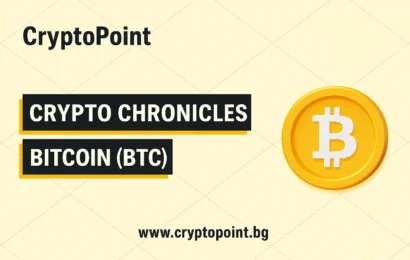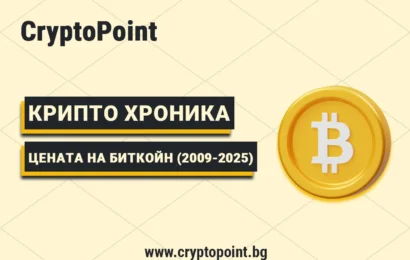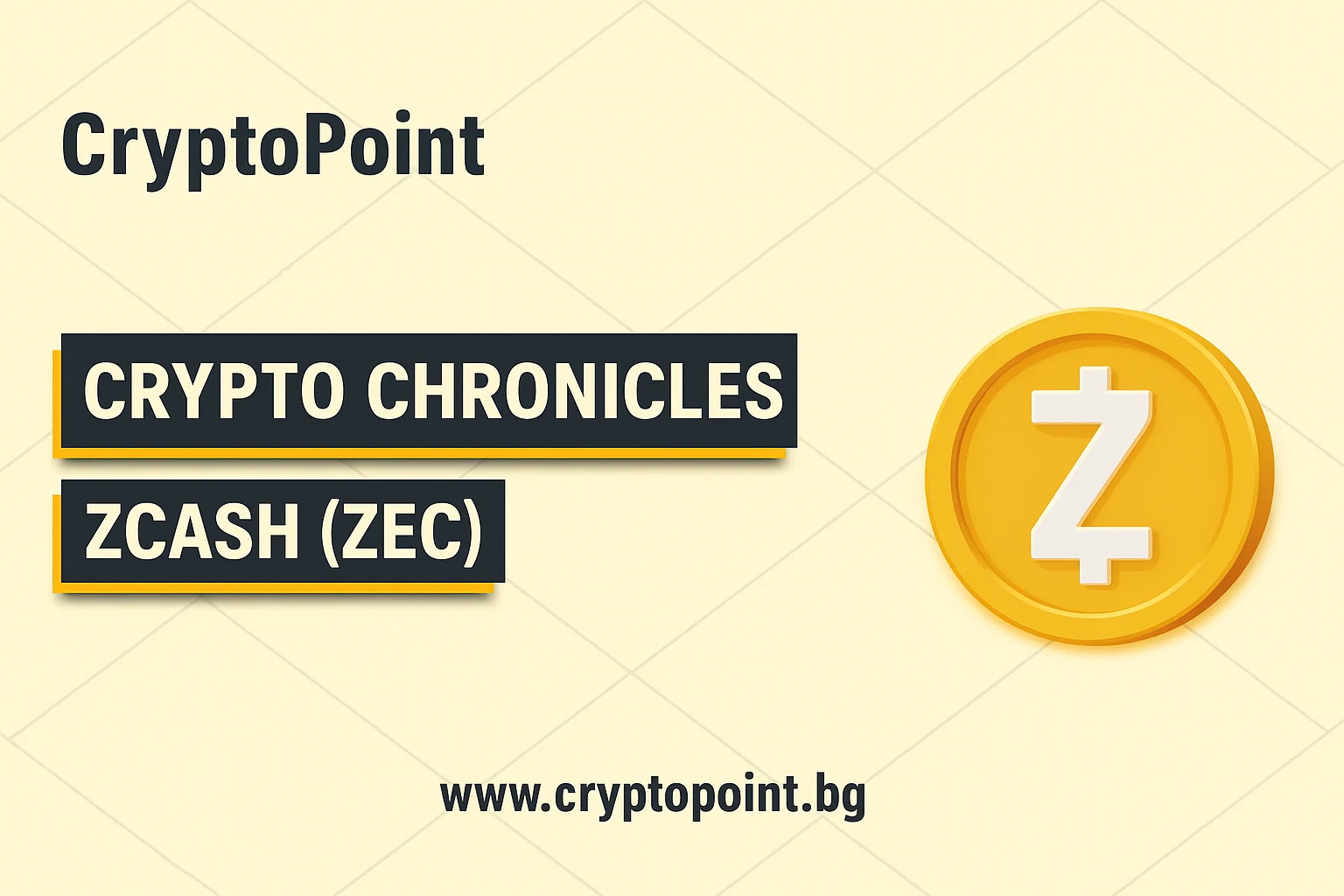
Zcash (ZEC) is one of the leading cryptocurrencies focused on privacy and anonymity. Launched in 2016, it offers unique cryptographic solutions that enable fully protected and untraceable transactions – a key difference from Bitcoin and many other crypto assets.
The Beginning – Zerocash and ZEC’s Academic Roots
The story of Zcash starts with the Zerocash research project, created by a team of scientists and cryptographers from MIT, Technion, Johns Hopkins, and Tel Aviv University. Their goal was to design a protocol that would offer complete transaction anonymity, in contrast to Bitcoin, where all transactions are public and traceable on the blockchain.
In 2014, Zerocash was introduced as an improvement over the earlier Zerocoin protocol, offering better efficiency and cryptographic protection.
Zerocash used zk-SNARKs (Zero-Knowledge Succinct Non-Interactive Arguments of Knowledge) – a technology that allows validating transactions without revealing their details.
The Launch of Zcash in 2016
Zcash was officially launched on October 28, 2016, with the first block known as the “Genesis Block.” It debuted with significant interest from the crypto community, and its price even exceeded $5,000 due to speculative hype and limited supply.
The project was founded by Zooko Wilcox-O’Hearn, an experienced programmer and cryptographer involved in various security projects. Under his leadership, Zcash was developed by the Electric Coin Company (ECC), which continues to maintain the protocol.
Main Features of Zcash
- Private Transactions: Users can choose between transparent and “shielded” addresses.
- zk-SNARKs Technology: Enables transaction validation without revealing any content.
- Shielded Addresses (z-addresses): Fully hide sender, recipient, and amount.
- Optional Privacy: Unlike Monero, Zcash privacy is not mandatory – it’s an option.
Funding and the “Founders Reward” Debate
From the start, Zcash included a “Founders Reward” – 20% of block rewards were distributed to the founders, investors, and ECC for four years.
This model sparked debate around centralization and fairness, but it also enabled sustainable project development. After 2020, it was replaced by a “Dev Fund,” which allocates 20% of block rewards to ECC, the Zcash Foundation, and Zcash Community Grants.
Key Updates and Development
Zcash underwent several major upgrades:
- Sapling (2018) – greatly improved speed and efficiency of shielded transactions.
- Heartwood (2020) – added support for “Shielded Coinbase,” allowing miners to receive rewards to shielded addresses.
- Canopy (2020) – introduced the Dev Fund and new governance rules.
- NU5 (2022) – simplified shielded address usage via Unified Addresses.
Zcash in 2024 and 2025
After a series of technological upgrades, Zcash entered 2024 with a focus on mobile integration, ease of use, and institutional adoption.
Here’s what happened and what’s coming:
In 2024, Zcash focused on integrating Unified Addresses and introducing FROST – a new cryptographic protocol enabling more efficient and secure multisignatures.
This was a major step toward broader adoption by mobile wallets and the dApp ecosystem.
Key highlights of 2024:
- Support for mobile wallets with easy management of shielded addresses
- Integration of FROST multisig for enhanced security and institutional use
- Increased focus on regulatory compliance in the EU and US
- Stronger collaboration between the Electric Coin Company (ECC) and the Zcash Foundation
2025: Expectations and Strategic Vision
In 2025, Zcash is entering a new era with goals focused on mass integration and Layer-2 solutions. The Zcash Roadmap includes plans for:
- Zcash Layer-2 rollups to enhance transaction speed and reduce costs
- Full integration with the Ethereum ecosystem via bridges
- Support for DeFi and NFT projects with privacy features
Zcash is also considering implementing a Proof-of-Stake (PoS) consensus in the long term – an idea gaining traction among community members.
What Sets Zcash Apart in 2025?
| Feature | Zcash in 2025 |
|---|---|
| Technology | zk-SNARKs + FROST multisig |
| Speed | Expected Layer-2 integration |
| Privacy | Shielded, Unified Addresses |
| Compatibility | Ethereum, mobile wallets |
| Fees | Minimized through optimizations |
| Governance | Stronger community role via ZCG (Zcash Community Grants) |
Zcash Today – Position and Challenges
While it has lost some market share to other anonymous coins like Monero, Zcash remains a symbol of cryptographic innovation. Support for new technologies, regulatory efforts, and its open community keep it among the top privacy-focused crypto projects.
Zcash in 2024 and 2025 reflects maturity and adaptation. With innovations like Unified Addresses, FROST, and a potential Layer-2 architecture, the project aims not just to remain competitive, but to lead the private crypto space.
Its flexible vision – combining privacy with accessibility, scalability, and compatibility – positions it as a strong candidate for institutional adoption and integration into future Web3 and DeFi solutions.
Conclusion:
Zcash is a project rooted in academic research and a strong vision for financial freedom and privacy. Despite challenges, Zcash remains a key player in the cryptocurrency ecosystem.
With ongoing technical updates and a deep commitment to privacy, its future looks stable – especially in a world where personal data protection is becoming increasingly important.
Frequently Asked Questions
Find answers to the most common questions below.
Zcash uses zk-SNARKs to enable private transactions, allowing users to shield sender, receiver, and transaction amount.
Yes, Zcash allows users to choose between transparent and shielded addresses depending on their privacy needs.
There are ongoing discussions in the community about transitioning to Proof-of-Stake, potentially in future protocol upgrades.
This article is for general informational purposes only and is not intended to be, and should not be construed as, legal or investment advice. Crypto-assets are highly volatile, so only invest funds that you are willing to lose and use your own research and risk management.

